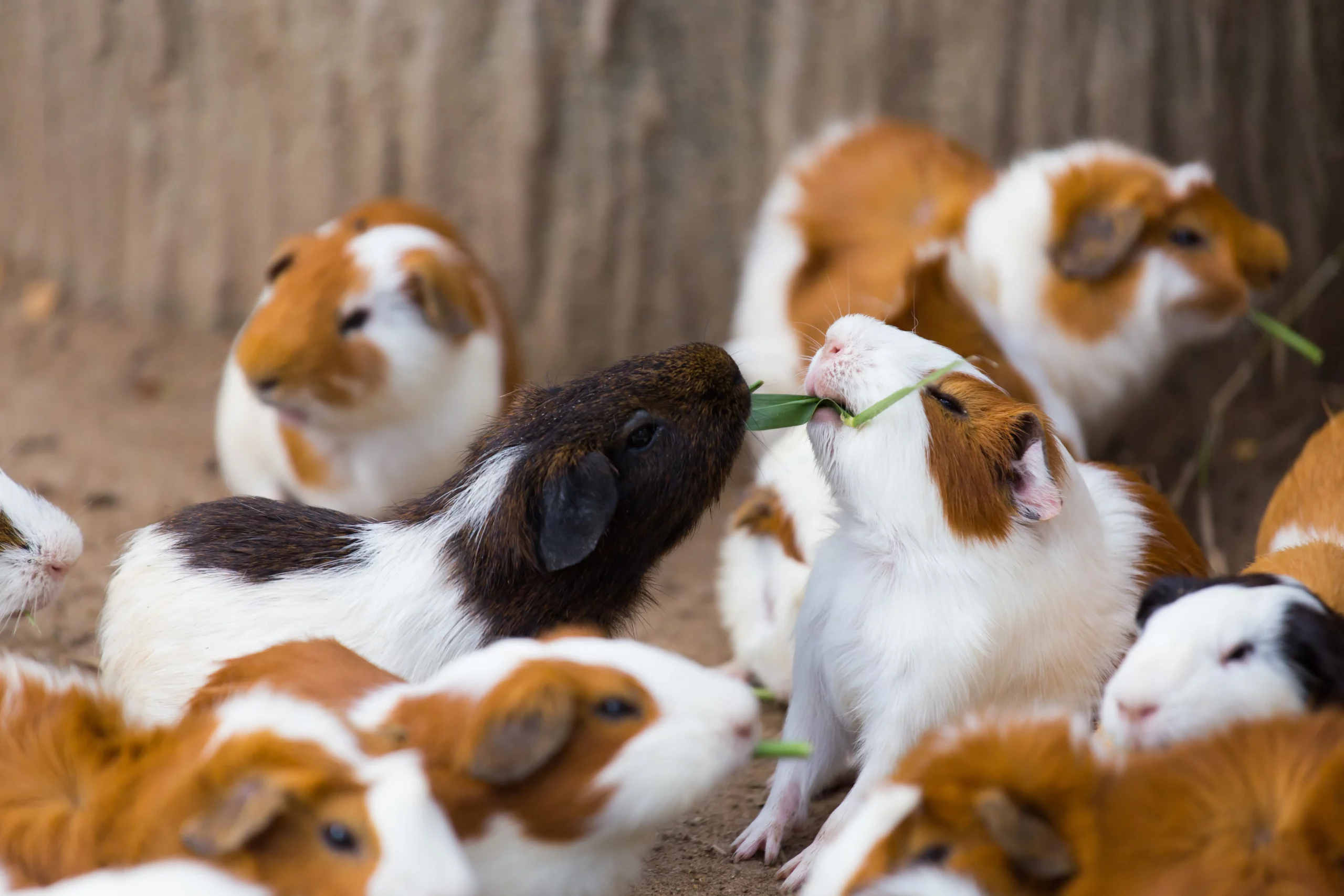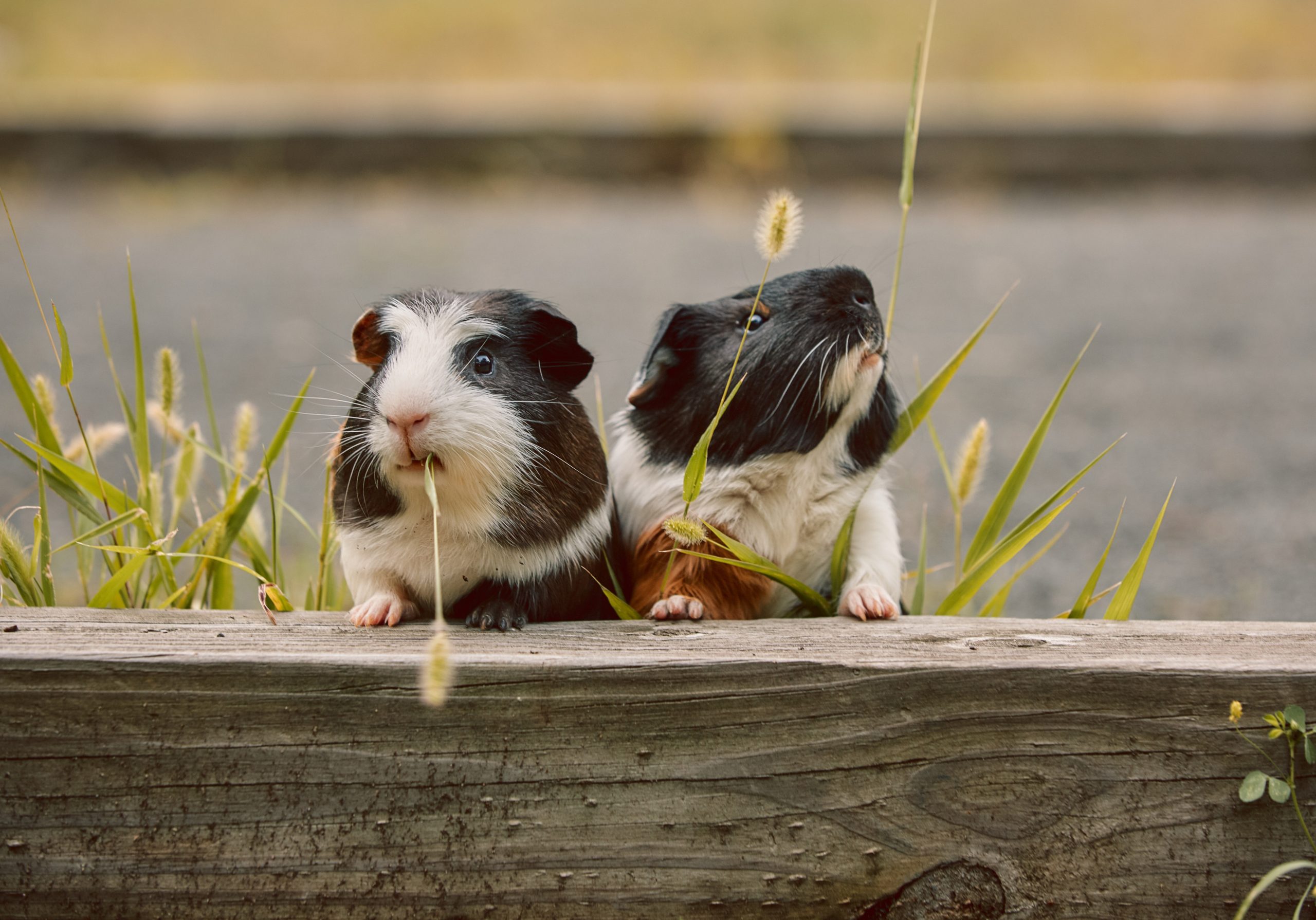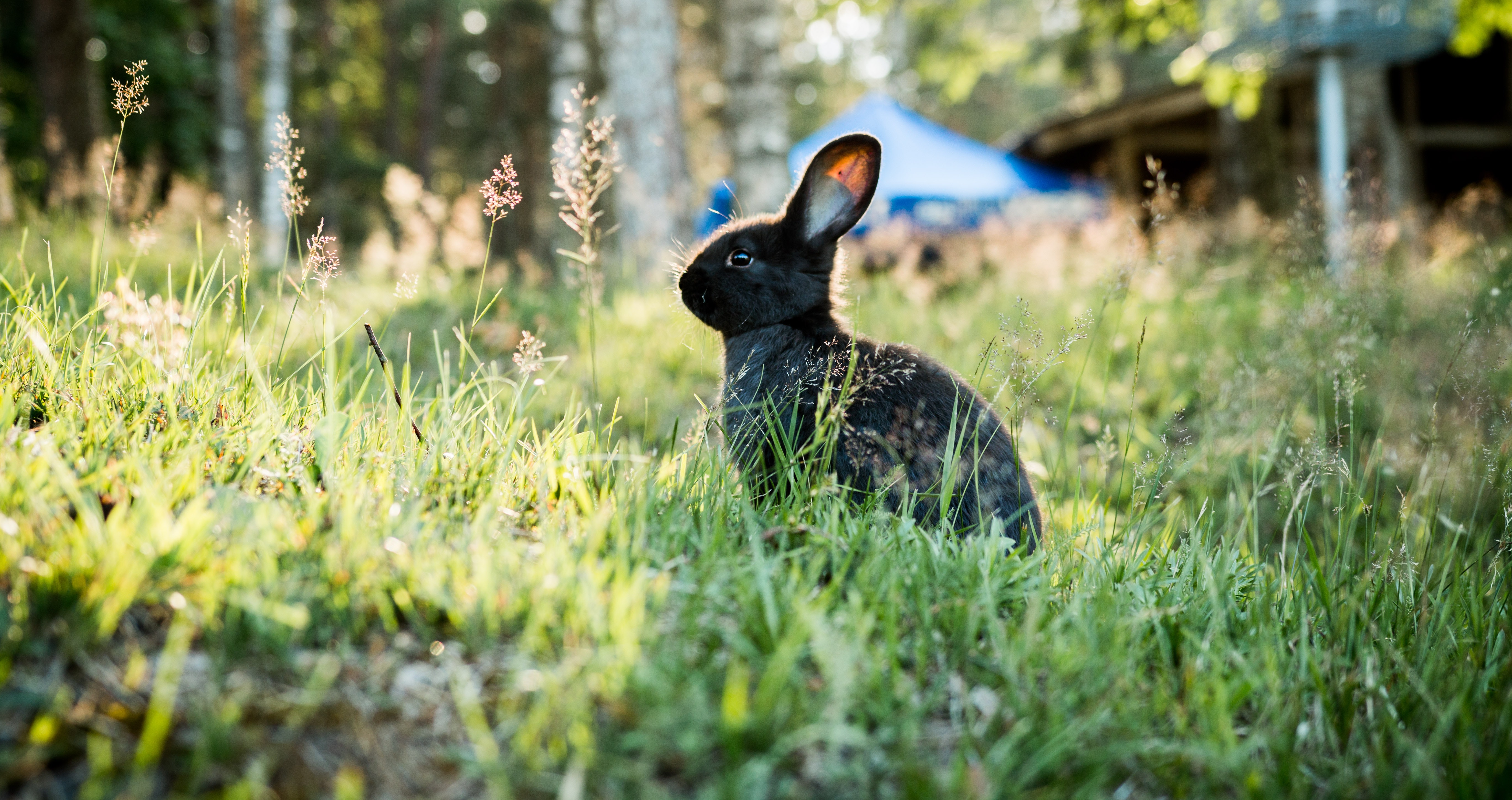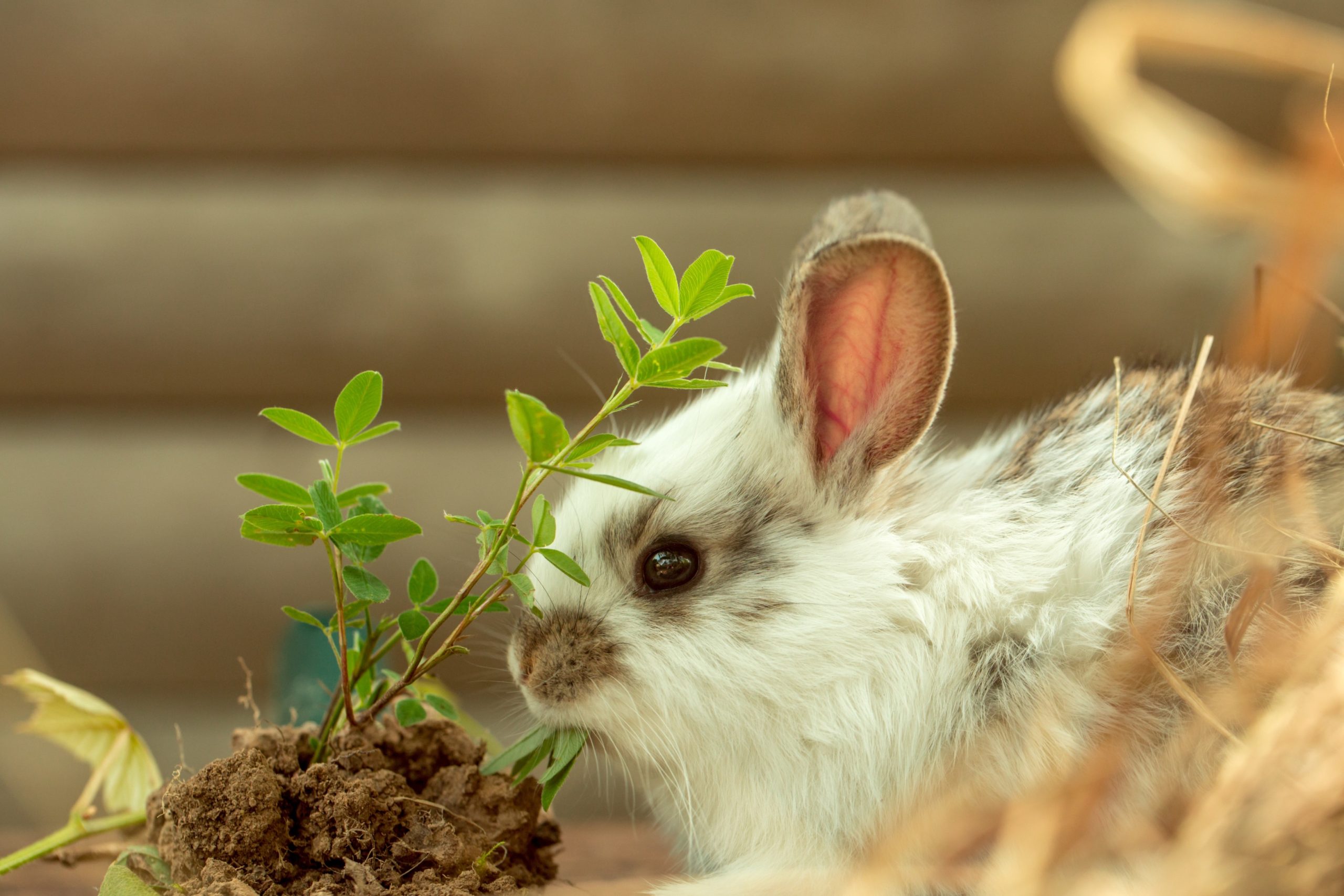Guinea Pig Pairing and Successfully Building a Guinea Pig Group
guinea pigs are social animals that need to be together with at least one of their kind to live a happy life. You can guinea pigs so keep it in pairs, but with enough space you can also choose to make it even more fun. And to choose to own one Guinea pig group together.
In this blog we discuss different options and give advice on creating a nice group dynamic. However, keep in mind that links are not always obvious. Patience and supervision are essential during the process. Let's get started!
Why a Guinea pig group?
forms in the wild guinea pigs often groups with one male (boar) and several females (sows). A group provides security, especially since guinea pigs are prey animals.
In addition to the practical benefits, it is also much more pleasant. guinea pigs are constantly together, take care of each other, eat together and communicate a lot. Sounds such as grunts and squeaks are an important part of their communication.

The Best Combinations for a Guinea Pig Group
Different combinations are possible to create a guinea pig group. The most successful options are:
- A sow (female) and a castrated male (boar).
- Two females (sows).
- Two bears (doesn't have to be neutered)
- Group: 1 boar with several sows
- Group: Full women's group
If you want to keep a male and a female together, it is crucial to have the male neutered, since guinea pigs be sexually mature very early.
Keeping two unneutered males together is often more difficult and can often go wrong. If you still want to try to couple two males, make sure there is enough space and hiding places. Be prepared for the possibility that things could still go wrong.

Mating Guinea Pigs
Linking guinea pigs is a process that must be done carefully. Let the guinea pigs get to know each other in a clean, spacious and neutral environment where both of them have not yet been. Supervise and be patient during the process. Small conflicts can occur and are normal to determine ranking.
Pairing guinea pigs is a careful process where patience and supervision are essential. Small conflicts are normal to determine ranking. Watch for sounds and behaviors such as squeaks, growls, and teeth chattering during the introduction
Intervention is only necessary if blood is flowing. Once the neutral ground pairing has been successful, the guinea pigs together in one complete cleaned cage are placed. In the beginning, keep a close eye on them and check regularly for wounds.
Behaviors that can occur during a Guinea pig pairing:
Beeping: Guinea pigs can make squealing noises during mating, both from excitement and fear.
hum: A low humming noise may occur, often as a form of communication between the guinea pigs.
Running after each other: Guinea pigs may run after each other during coupling, sometimes to play or to mark their territory.
Driving behaviour: One guinea pig may try to ride the other guinea pig, which may indicate territorial behavior or establishing rank.
Communication in guinea pig clutches: squeaks, growls, and more reveal their feelings and acceptance. From marking territory to friendship, their behavior speaks volumes.
Chattering Teeth: Chattering teeth can be a sign of aggression and can occur when one guinea pig wants to attack the other guinea pig.
Grinding teeth: Grinding teeth can indicate pain in one of the guinea pigs.
Pushing and Struggling: Guinea pigs may push each other and struggle to establish their position in the group.
Hidden behavior: Guinea pigs may hide or retreat if they don't feel comfortable during the pairing.
Nose to nose sniffing: Guinea pigs may greet each other nose to nose, which is a positive sign that they are accepting of each other.
Share food: If the guinea pigs are willing to eat together, this is a good sign of acceptance and friendship.
Pairing expectations
Just hoping 2 guinea pigs putting together doesn't work. But on the other hand, it is also not a huge undertaking and can be arranged in a few hours. Sometimes it takes a little longer, then they need a little more time to get used to each other. So give them that time.
If you are using guinea pigs just connecting you hear a lot of communicative sounds such as beeping, humming and grunting. They can run after each other and sometimes even ride on each other. If guinea pigs teeth chattering means that they are going to attack separate them immediately. When they grit their teeth they are in pain, try to find out where they hurt themselves. After a few days you will notice that this behavior starts to decrease and that they start to get used to each other.
Pairing guinea pigs is a careful process involving patience and observation. Listen to their communicative sounds and give them time to get used to each other. A harmonious guinea pig group starts with a neutral introduction op unknown territory.
As the guinea pigs have become accustomed to each other in a neutral place after a pairing they are ready to embark on the new adventure together in the joint residence. The Guinea pig hok must be done well in advance cleaned up en disinfect are. Stay with them for quite some time to make sure things are going well and there can't be another conflict.
It could be that guinea pigs who were coupled as a boy in puberty still get into a conflict again. If this is the case, then unfortunately they have to be taken apart. New buddies will then have to be found for them.

The Essential Steps for a Happy Group Dynamic
Linking guinea pigs requires careful planning and execution to create a successful and harmonious group. We have listed the essential steps for you:
Choose a neutral environment: Let the guinea pigs get acquainted in a place where both guinea pigs have not been before, so that there is no territorial conflict.
Supervision and Patience: Supervise at all times during pairing and be patient. Grant the guinea pigs the time to get used to each other.
Observing communicative sounds: Pay attention to sounds such as squeaks, growls and grunts, which are normal forms of communication between the guinea pigs.
A successful guinea pig pairing requires careful planning and patience. Choose a neutral environment, observe communicative noises and expect normal behavior such as chasing each other. After a few days, the guinea pigs get used to each other and they can live together in a cleaned enclosure. Continue to supervise to avoid conflict, especially during puberty.
Behavior during pairing: Expect behaviors such as chasing each other and sometimes even riding on each other. This is normal to determine the ranking.
Habituation after a few days: After a few days, the conspicuous behavior will subside, and the guinea pigs begin to get used to each other.
Joint stay: As the guinea pigs have become accustomed to each other on neutral ground, place them together in a complete cleaned up en disinfect guinea pig enclosure.
Monitoring after pairing: Stay with the for quite some time guinea pigs to ensure that everything runs smoothly and conflicts are avoided.
Puberty: Be aware of potential conflicts that can arise during puberty, especially if the guinea pigs coupled at a young age. If necessary, separate them and find new mates for them.

A successful guinea pig pairing: Signs of a harmonious guinea pig group
A successful one Guinea pig mating is characterized by a number of positive signals and behaviors between the mating guinea pigs. Here are some signs that the pairing is successful:
Calm behavior: The guinea pigs show calm behavior in each other's company. They seem to be relaxed and comfortable with each other.
Social behaviour: The guinea pigs seek each other's company and like to stay close to each other. They can eat, sleep and play together.
mutual care: Mated guinea pigs will lick and groom each other. This is a sign of mutual acceptance and friendship.
A successful guinea pig pairing is characterized by calm behavior, social togetherness, mutual grooming and positive communication between the guinea pigs. No aggression, sleeping together and sharing food are signs of mutual trust and security. While each pairing is unique, these positive signals are important to create a harmonious guinea pig group.
Positive communication: They make friendly noises such as soft squeaks and grunts, indicating that they are comfortable with each other.
No aggression: There is no visible aggression between the guinea pigs, such as biting, teeth chattering or attacking.
Together in one sleeping place: If the guinea pigs are together in the same house or shelter, this is a sign that they feel safe with each other.
Share food: Mated guinea pigs can eat together from the same food bowl, which indicates a sense of security and trust.
It is important to remember that each pairing is unique and the length of the process may vary. Some guinea pigs can form a strong bond right away, while others take a little longer to get used to each other.
If the above signs are present and there are no signs of aggression, it may indicate that the pairing has been successful. However, always remain alert and supervise, especially in the early stages, to ensure harmony is maintained between the guinea pigs.

Death of a Guinea Pig and a New Clutch
The death of a loved one Guinea pig can be a sad and emotional time for guinea pig owners. In addition to the grieving process, it can also mean the remaining Guinea pig left alone. It's important to realize that guinea pigs are social animals that do not like to be alone.
When a guinea pig mate passes away, the remaining guinea pig mate can feel lonely and stressed. In such a situation, considering a new pairing may be a good option to ensure the welfare of the remaining guinea pig
The death of a guinea pig can leave a lonely situation. Consider a new pairing or adoption from a shelter to ensure the welfare of the remaining guinea pig. Give them a second chance at a loving home
If one of the guinea pigs dies and the other is left alone, but you no longer want a young guinea pig? Then consider a visit to a rodent shelter. There you can be informed about the possibility of pairing your guinea pig with a new buddy of the same age.
Adopt from guinea pigs from a shelter gives the animals a second chance at a loving home. The animals ended up there due to circumstances and how nice would it be if you could offer these animals a loving and new home!
Conclusion
Linking guinea pigs requires attention, patience and care, but the result is a happy and social guinea pig group. Choose wisely when assembling a group and be prepared to tackle any challenges.
By guinea pigs By providing a loving home, you give them the opportunity to express their natural behavior and lead a fulfilling life.







